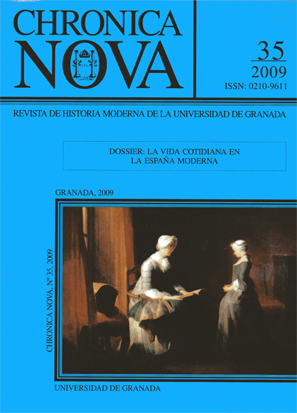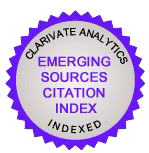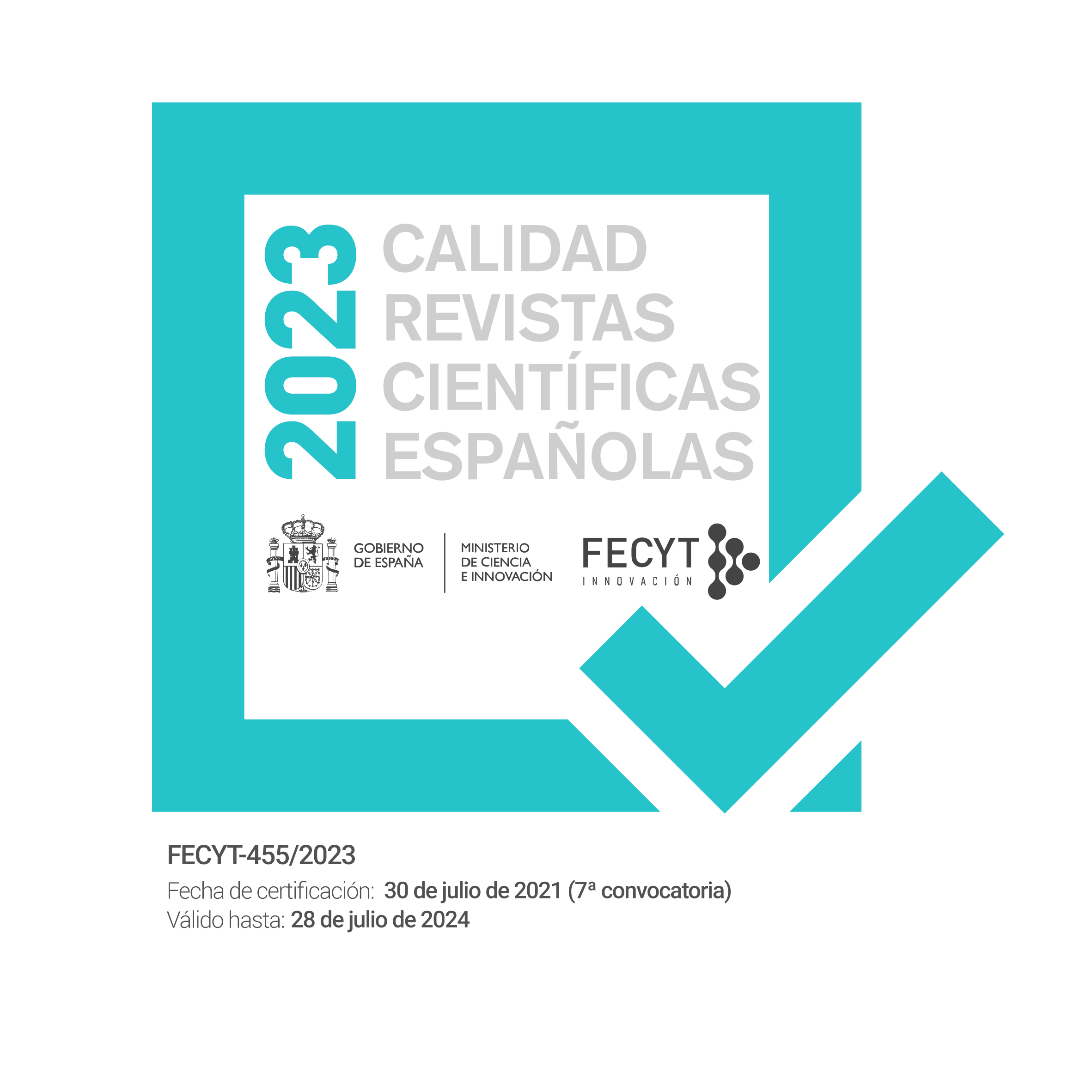Life in the Galician country houses during the 18th and 19th centuries: midway between the civility and the roughness
DOI:
https://doi.org/10.30827/cn.v0i35.1633Keywords:
Hidalguía, little nobility, Wealth, Daily life, Cultural changes, Literature, Galicia, 17th-19th centuriesAbstract
The hidalgos –or little nobility of the land- strengthened a powerful group of rentiers inGalicia during the XVIth and XVIIth centuries, the second one in importance, just after the clergywith which members had family bonds. The most evident proof of this hidalgos’ success was thebuilding of country houses in hundreds that can be sawn nowadays in different conditions in theGalician territory; so, they are a fundamental part of the Galician architectural heritage, with theecclesiastic buildings too. In the last decades, the historical researches have contributed to enlargeupon the social origin of hidalgos’ houses founders, the process of consolidation of their wealth,the social reproduction of their families, and their life style too. This last question has been a themepresent in the literature when the “pazos’ civilization” was in its decline in the second middle of the19th century and the first decades of the 20th century. The main objective of this article is preciselyto investigate if that literary image agrees with the historical reality. For that, different questions areanalyzed: the economy of hidalgos’ families, the change that the building of real “recreation countryhouses” was, and the use of these edifices as “urban civility islands” into a peasant context, andbesides as “civility centres” or diffusion centres of new cultural practices in the small villages.Downloads
Downloads
Published
How to Cite
Issue
Section
License
Nuestra revista se atiene a las recomendaciones para la implementación del Artículo 37 Difusión en Acceso Abierto de la Ley de la Ciencia, la Tecnología y la Innovación:
- Los/as autores/as cuyas contribuciones sean aceptadas para su publicación en esta revista conservarán el derecho no exclusivo de utilizar sus contribuciones con fines académicos, de investigación y educativos, incluyendo el auto-archivo o depósito de los artículos aceptados en repositorios institucionales o temáticos de acceso abierto de cualquier tipo en un plazo máximo de seis meses.
- Preferiblemente se permitirá el uso de la versión publicada de las contribuciones científicas, que estarán accesibles en abierto tan pronto como sea posible.
-
Que en caso de que el trabajo sea aprobado para su publicación, el/la autor/a autoriza de manera ilimitada en el tiempo a la entidad editora para que incluya dicho texto en Chronica Nova y pueda reproducirlo, editarlo, distribuirlo, exhibirlo y comunicarlo en el país y en el extranjero por medios impresos, electrónicos, CD, Internet o cualquier otro medio conocido o por conocer.






 ISSN-e: 2445-1908
ISSN-e: 2445-1908










